Lucian Freud Portraits

Lucian Freud, who used to perceive everything as a portrait, was actively involved in the preparation of an exhibition of his pictures at the National Portrait Gallery. The show unexpectedly turned into a memorial retrospective, since the artist died on 20th July 2011. Featuring 130 paintings and etchings, the display allows visitors to meet the influential people of Freud’s life and follow his artistic progress. The grand finale of the exhibition, an unfinished Portrait of the hound, introduces a strong memento mori aspect and portrays what other pictures only suggest – human mortal physicality.
For every portrait, there are three ingredients: the artist, the model and the power. To describe what we mean by power, we look to stories such as that of Alexander the Great who was said to favour the artist, Apelles. When Apelles fell inappropriately in love with the emperor’s favourite mistress, Campaspe, the artist’s “power” not only spared him his life, but Alexander offered Campaspe to Apelles as a tribute to his talent. It would seem the influence of Apelles’ art over Alexander echoes in society’s collective imagination and Lucian Freud’s legend seems to nurture this archetype.
Freud certainly used to have a power over people. His enchanted victims, women and men alike, would yield to him, their attentive gaze captured forever in Freud’s portraits. Visitors at the National Portrait Gallery can look on at his attentive, unnaturally wide-eyed models, such as those of his wives Kitty Epstein and Caroline Blackwood.
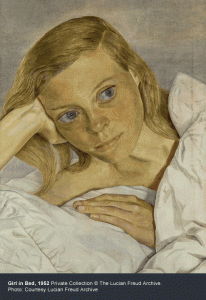 The majority of Freud’s models, however, were not looking directly at the artist. Portraits of the models in a poetic sleep, for example, the famous Benefits Supervisor Sleeping, do not denote his grandfather’s theories of “psychoanalytical dreams”. Instead, the slumber pose reflects the long hours of posing, the body relaxed and sinking deep into soft furniture.
The majority of Freud’s models, however, were not looking directly at the artist. Portraits of the models in a poetic sleep, for example, the famous Benefits Supervisor Sleeping, do not denote his grandfather’s theories of “psychoanalytical dreams”. Instead, the slumber pose reflects the long hours of posing, the body relaxed and sinking deep into soft furniture.
Freud saw his models as artistic objects in his possession. The paintings illustrate all his model’s faults. His canvases are layered with paint, constructing unflattering depictions of their flesh, highlighting every crease and fold. It is clear to see Freud saw “man” not in Cartesian rational terms, but as animals not too different from his own dogs. This was clearly demonstrated in Freud’s last painting on the eve of his death aged 88. His last model, assistant David Dawson, was painted alongside his whippet, Eli. The canine hound was painted rather more kindly.
William Feaver described Freud as a wild, artistic animal, basing on instincts and boundlessly devoted to painting. Wrapped up in producing art, Freud was at one with painting and after nearly 70 years of practice, he became a master. It is said that he showed not what it was like to live at the end of the 20th century, but in a time of mass artistic production, he perhaps belonged to the previous era of artists. This puts him among the great craftsmen and passionate personalities of those who came before Freud, both dangerous and romantic.
His artistic skill and the somewhat disturbing portraits Freud produced are easy to admire. Although perhaps not always a pleasure to look upon, the portraits do draw up feelings. His own self-portraits seem to take on a positive light: Freud looks intelligent and glowing, although photographs taken at a similar time show quite a different face. His models, however, were exposed in a different light, being made to look unappealing to the eye. Great paintings are not all about attractiveness and, in fact, some other great art forms can stimulate negative feelings from their audience. It is the overall message emulating from the art which has to be admired and Freud’s portraits are certainly something to behold.
The National Portrait Gallery is displaying Lucian Freud’s portraits between 9th February and 27th May 2012.
Agata Gajda

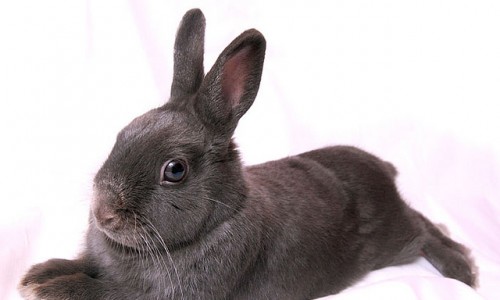
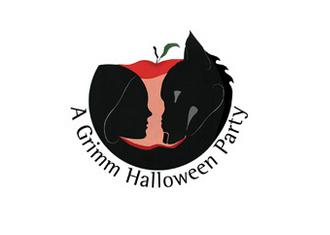

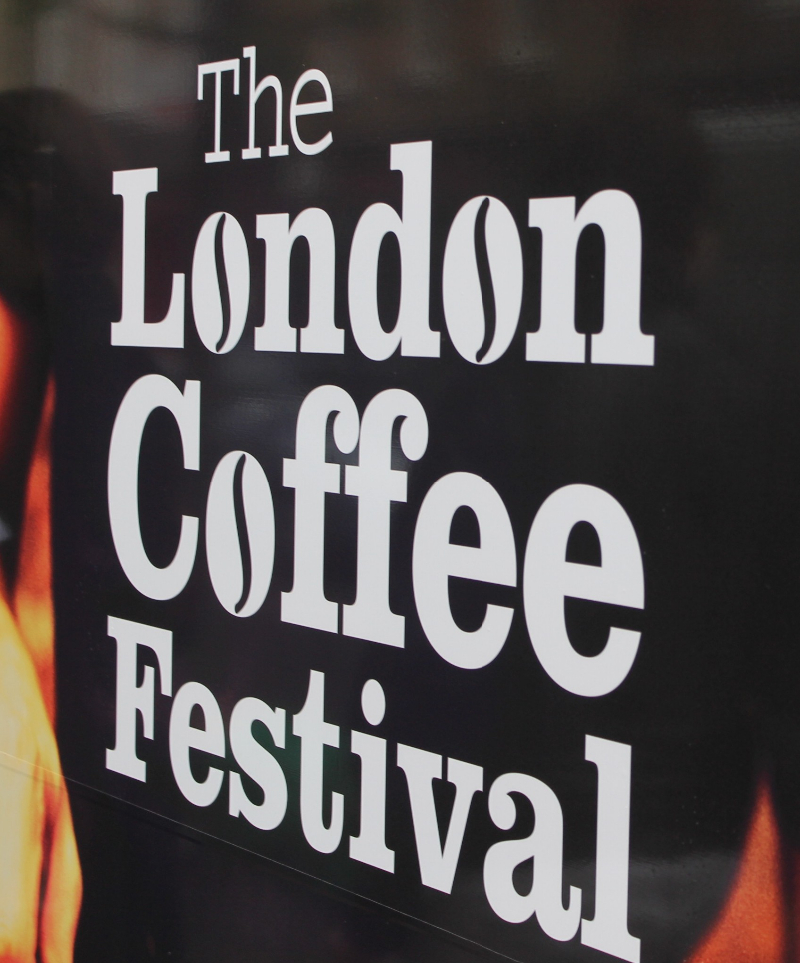
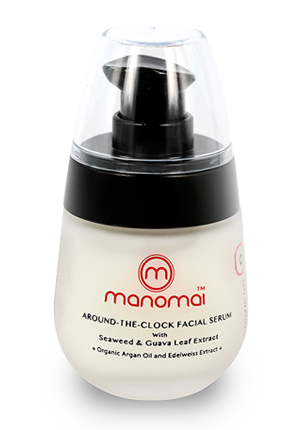
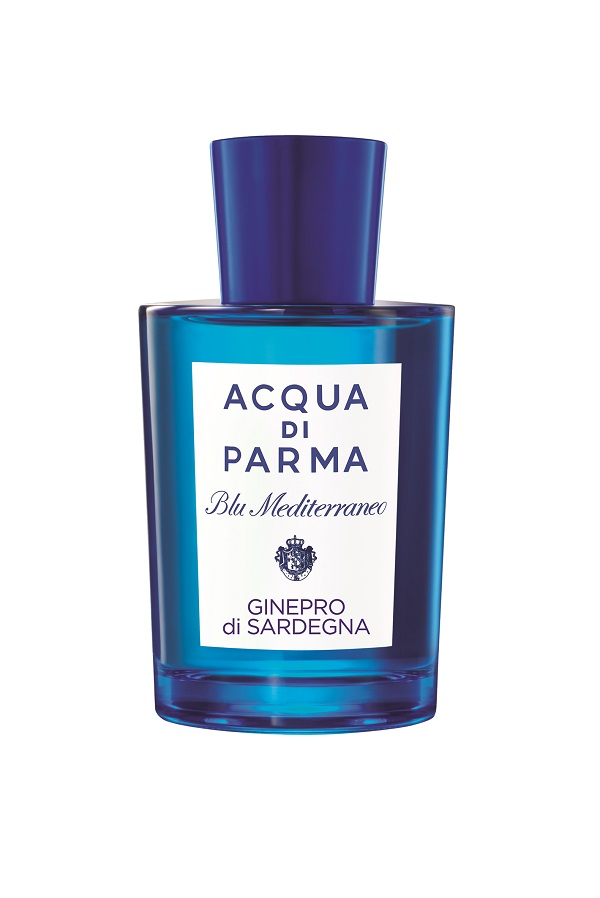

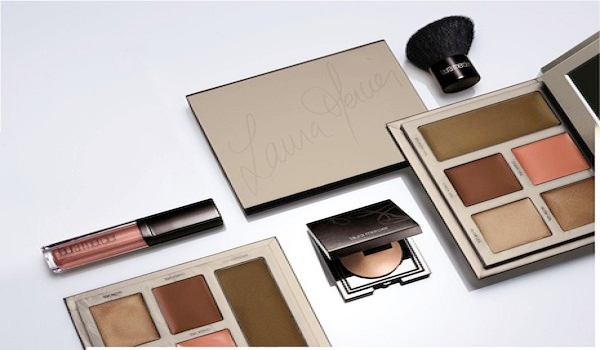














Facebook
Twitter
Instagram
YouTube
RSS